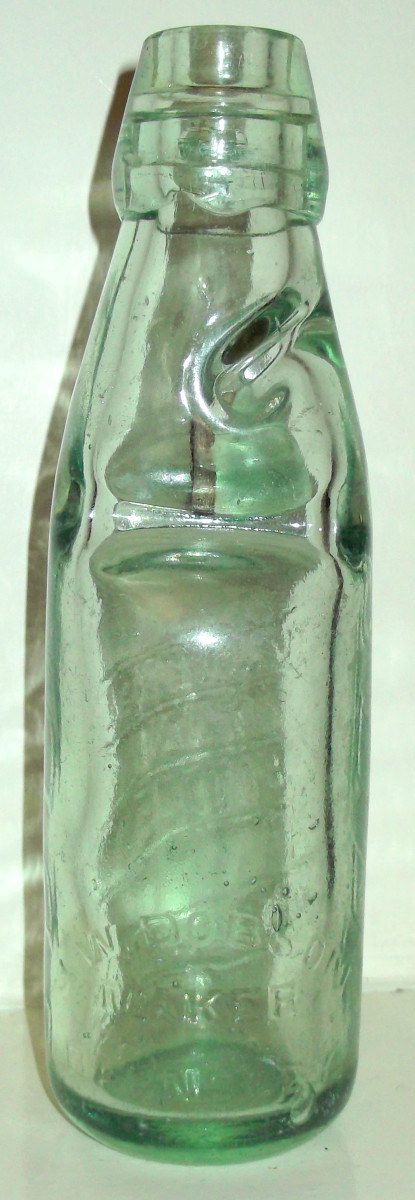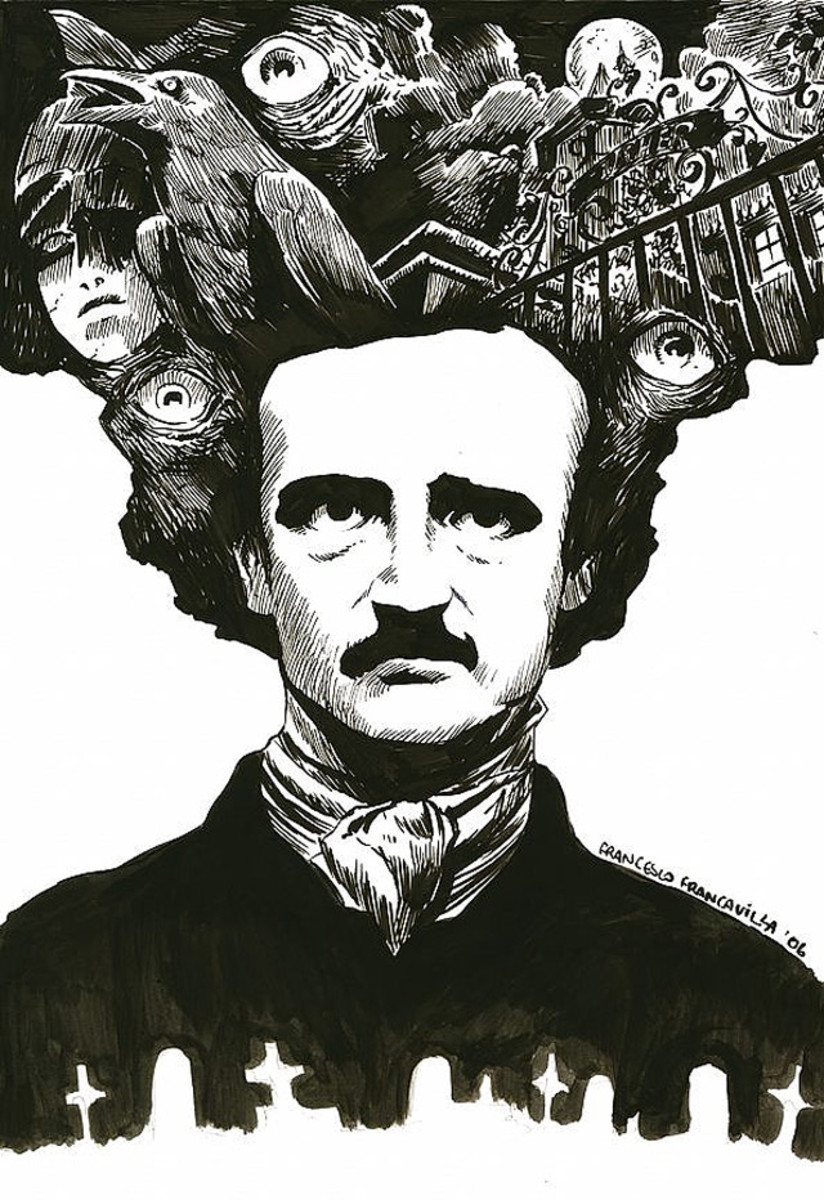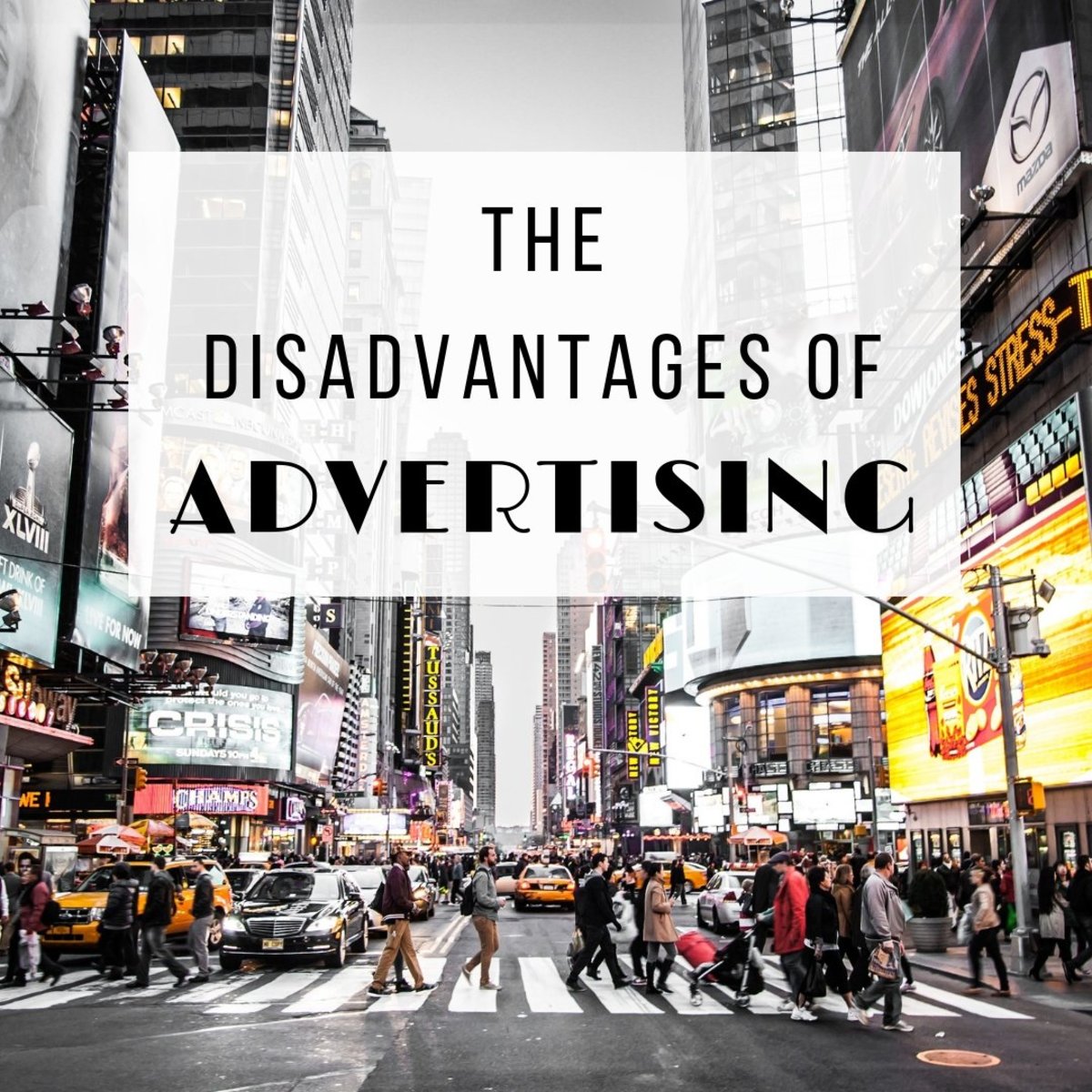It Was Impossible to Get a Conversation Going

It was impossible to get a conversation going,
everybody was talking too much.
~Yogi Berra
There was a man who owned a small store in a small town. The store had been in his family for three generations, one of those mainstays of Main Street, a cornerstone of the community.
One day, he got a call from a big executive from a big corporation who said, "I want to buy you out."
The small store owner said, "Well, this business has been in my family for a long time, and we're a part of the community, so I don't think I want to sell."
He listened to the icy silence on the other end of the line. Then, the executive growled.
"Then we're going to run you out of business. We're going to buy the building on the left of you, and the building on the right of you and you'll be bankrupt in 3 months."
So the time came, and the executive was true to his word. They bought the store to the left and the store the right and hung huge banners that said GRAND OPENING on either side of the small business owner's store.
The night before the grand opening, the small business owner, who, as it turns out, was a very smart business owner, went out and put up his banner. It read MAIN ENTRANCE.
See, that man knew the power of WORDS and using the right words to tell your story can ensure your success in a world full of competitors.
WHAT IS YOUR STORY?
Stories are all around us. It’s how we learn, how we remember. From the time we were children, stories have been used to teach lessons and to reinforce those lessons into our subconscious.
LITTLE RED RIDING HOOD means don’t talk to strangers, THE GRASSHOPPER AND THE ANTS is about saving for a rainy day, SNOW WHITE AND THE SEVEN DWARVES is about how a young girl shouldn’t live in the house of seven dirty miners!
We use stories to build memories.
Remember the last time you saw a comedian up on stage?
They told stories to make you laugh. Politicians use stories to make you empathize, and Uncle Joe uses stories to convey his ideas about last week’s hunting trip. Everyone has a story to tell.
The BEST way to convey a marketing idea is to use a story; testimonials from customers create a bond with the prospect to showcase a commonality, a back story about the company to showcase a particular element about the company. The point is that we all use stories to illustrate our points, like the business owner who refused to go out of business, and outsmarted his competition.
The Store owner posted a banner above his store that used the right words to direct customers to a specific action. That’s the power of branding.
Branding can be a word, like Xerox, that instantly calls to mind an action, making copies. A brand or brand identity is essentially a recognized symbol that represents and calls to mind what the business is about.
Fed Ex has become a part of the vernacular, as in “I’m going to Fed Ex it.” Or “I’ll Fed Ex it to you.” The power of the Fed Ex brand extends to the subconscious. How many people think of Fed Ex when someone says “I’m going to send it to you overnight.”
That’s the power of the Fed Ex brand, and it’s the result of a carefully choreographed story. You have to remember one of the most famous branding phrases in advertising history;
WHEN IT ABSOLUTELY POSITIVELY HAS TO GET THERE OVERNIGHT
That’s the power of story.
Do not mistake brand identity with logos or slogans though. Logos and slogans are just devices used to convey or support brand identity.
Brand identity is about IDEAS.
The main idea is to enter into your customer’s everyday decision making matrix as often as possible and connect with the customer. When you develop a brand identity, it’s best when you develop a customer culture with it. NASCAR is an incredible example of the power of sports branding.
Every week, millions of fans tune into a race during the race season to cheer on moving billboards! They root for the HOME DEPOT car driven by TONY STEWART or the AMPED car driven by DALE EARNHARDT JR. That’s a million viewers who cheer a brand to win.
They have even done studies to show that brand loyalists spend an average of 23% more on the product or in the product store than non-fans.
But the best way to connect with your audience and build your brand:
The STORY.
WHAT’S YOUR STORY?
"I always talked to my players about today.
It's the only day that matters."
John Wooden.
NIKE
Nike isn’t the swoosh. The swoosh symbol is synonymous with Nike, but the logo isn’t the story. So what is the Nike Story?
Nike has branded itself with the phrase, “Just do it.” The phrase has become a part of the vernacular. People everywhere, when contemplating life’s tough choices, whether in sports or the day to day use the phrase “Just do it.” as a motivational tool.
The story has transcended the brand, but will forever be associated with Nike.
Phil Knight was a runner. He wasn’t a great runner, but his story is one of triumph. He ran until his feet bled. How is that for a powerful image?
Phil was a runner in high school, and the track shoes his coach gave him made his feet bleed. They weren’t designed for athletes. So Phil, along with his coach, built a better mousetrap. In this case, it was the shoe.
(Which was another classic advertising bit from Nike, with Spike Lee and Michael Jordan, “It’s the shoes!” that entered into the cultural zeitgeist)
Phil had a couple of things going for his sports company. He built a better product than what was on the market, and the timing couldn’t have been better, since he hit before the big jogging craze that swept the nation in the late seventies. But the genius of Nike is it’s branding through celebrity endorsement, and the story of Jordan, the story of Bo Jackson, and the story of “Just do it.”
Nike also had a campaign that many considered awesome, but that failed to connect with the audience and transcend.
“All your life you are told the things you cannot do. All your life they will say you're not good enough or strong enough or talented enough, they'll say you're the wrong height or the wrong weight or the wrong type to play this or be this or achieve this. THEY WILL TELL YOU NO, a thousand times no until all the no's become meaningless. All your life they will tell you no, quite firmly and very quickly. They will tell you no. And YOU WILL TELL THEM YES.”
This advertisement had a powerful message, but failed to connect with the audience because it lacked story. It was a motivational poster prayer that many took to heart, but few failed to follow. It adheres to some of the simple philosophies that make THE STORY important.
It’s simple. It’s quirky. It’s emotional. But it fails to present a concrete idea. (Yes? Yes to what?)
Another Nike advertisement that does succeed on the story level is the following:
“Jack and Jill raced up a hill to see who was faster, Jack's feet were bare and Jill had NIKE Air, so Jack could never catch her."
Notice how it ties in with a beloved childhood nursery rhyme, note that it’s simple, unexpected and emotional. Come on, you had to read it and smile. Unless your name was Jack, and you were a loser at running, in which case, you can take a moment to cry. Go on, we’ll wait.
Better?
See, stories that resonate with the heart are the ones we remember. Stories
that are credible, and emotional and unexpected connect with the audience.
WHAT ARE SOME OF THOSE STORIES?
This content is accurate and true to the best of the author’s knowledge and is not meant to substitute for formal and individualized advice from a qualified professional.
© 2019 Chris Lowry








